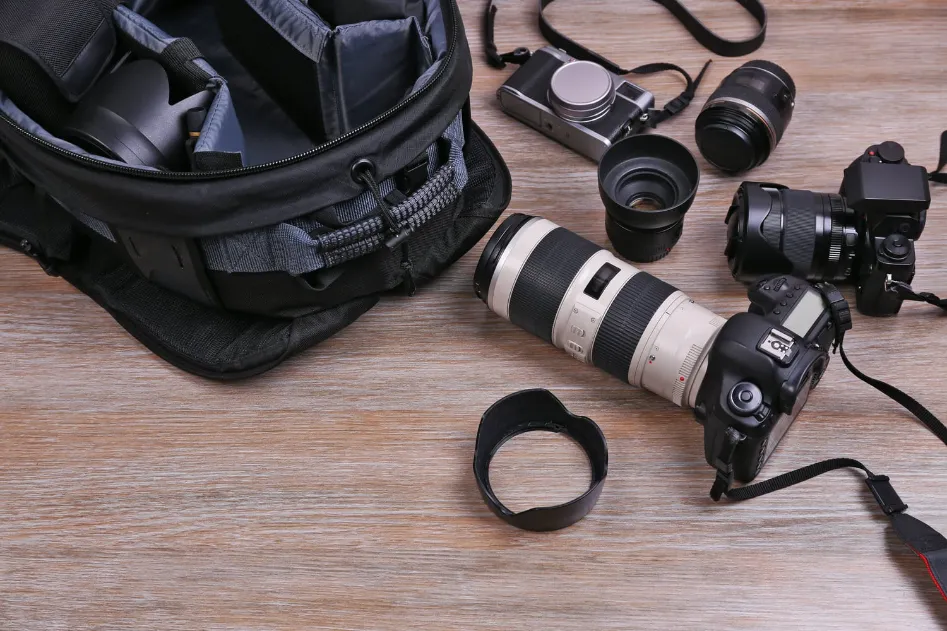
Best camera & photography gear in 2026
The most frequent question that we receive from our students is : “I’m new to photography / videography, which camera / lens should I buy”?
*** Updated in Jan 2021 with new models and prices.
Buying photography equipment as a beginner is a difficult task – with so many offers and information, it can be very confusing. So we have dived into the market, analyzed all latest offers and prepared the following buying guide for the beginners, with prices that you can find in Switzerland.
We will suggest three complete kits for three different budgets for beginners, then provide detailed recommendations in each category: Cameras, lenses, accessories and then software in a separate article.
Of course buying a better camera / lens does NOT make you a better photographer:) We recommend to invest in learning photography first. Make sure to check our photography courses in Swiss German or Swiss French region to learn how to use your camera and take better photos.
Camera Body:
Lens: TAMRON AF 18-200mm F/3.5-6.3 Di II VC: CHF 200.-
Strap: Blackrapid Curve Breathe: CHF 70.-
Software: Adobe Photography Plan Lightroom & Photoshop CHF 11.85/mth
Camera Body:
Lens 1: TAMRON AF 18-200mm F/3.5-6.3 Di II VC: CHF 200.-
Lens 2: Nikon 35mm f/1.8 (CHF 150.- ) or a similar standard lens
Tripod: SIRUI T-025SK Traveler Ultralight: CHF 200.-
or
Portable flash for portraits: Godox V1: CHF 250.-
Strap: Blackrapid Curve Breathe: CHF 70.-
Software: Adobe Photography Plan Lightroom & Photoshop CHF 11.85/mth
Camera Body:
Lens 1: TAMRON AF 18-200mm F/3.5-6.3 Di II VC: CHF 200.-
Lens 2: Nikon 35mm f/1.8 (CHF 150.- ) or a similar standard lens
Lens 3: Specialized landscape super wide angle (10-18mm) or portrait (~85mm f/1.8)
Tripod: GITZO Traveler KIT GK1545T82TQD: CHF 790.-
or
Portable flash for portraits: Godox V1: CHF 250.- plus an X1 or XPRO remote
Carrying: Blackrapid Curve Breathe Strap: CHF 70.- or Spider Holster: CHF 180.-
Software: Adobe Photography Plan Lightroom & Photoshop CHF 11.85/mth

The camera technology changes all the time, so do not buy too expensive cameras if you don’t know exactly what you are paying for. If you will buy second hand, don’t buy more than 3 year old camera bodies.
Definitely interchangeable. Forget about the “super-zooms”.
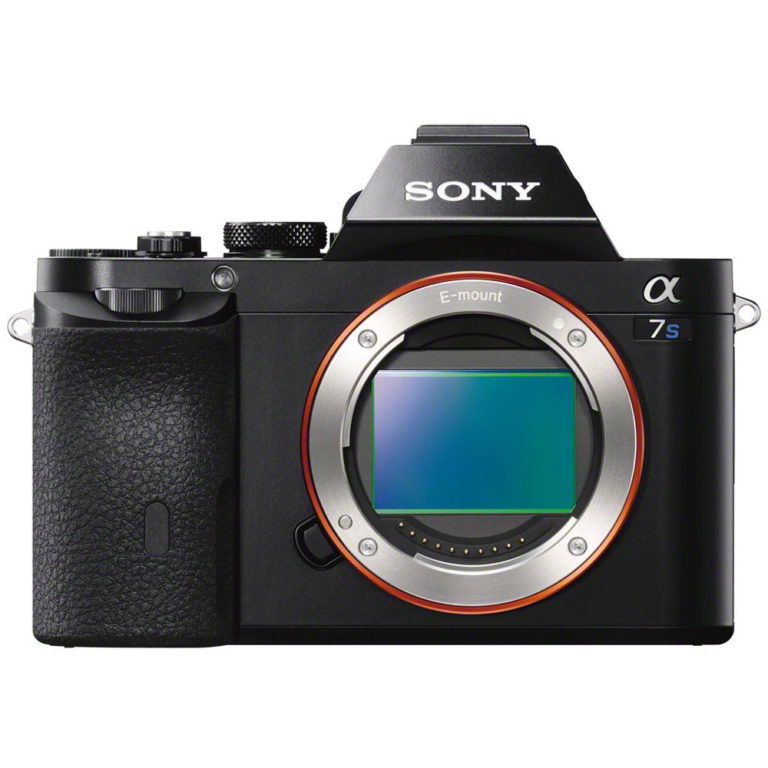
Having a mirror in the camera body adds to the size, but enables you to see through the lens, helps to focus faster and prolongs battery life, as you won’t use the back-screen so often. Check this excellent article for more on this subject.
If battery life, faster focus and bigger choice of lenses are more important for you, then we recommend a Nikon or Canon DSLR.
If smaller size, newest technologies and live preview (what you see is what you get) are important for you, then the mirrorless offers from Sony, Olympus and FujiFilm are excellent cameras.
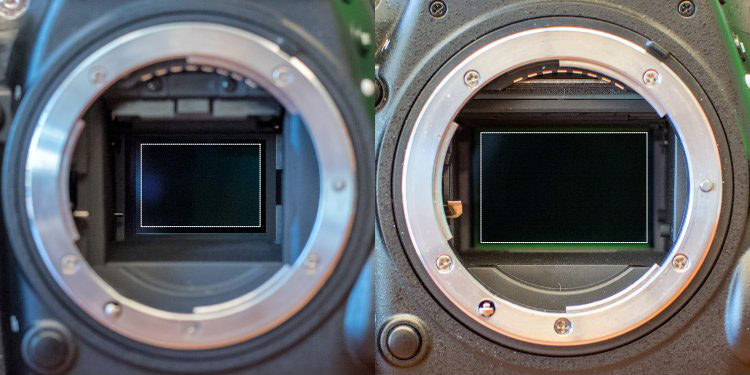
This relates to the size of the sensor of your cameras, and is in fact the most important choice that can have a significant impact on the quality of your photos.
For beginners, we recommend a cropped sensor camera (Nikon: DX, Canon & Sony: APS-C).
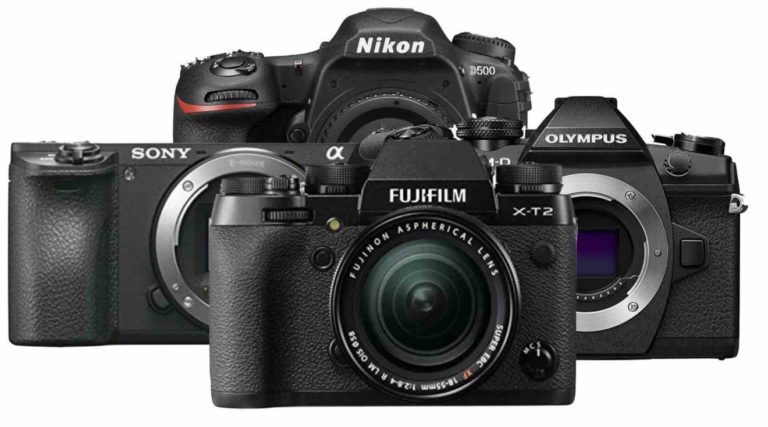
Another hot debate – the answer is that it doesn’t matter too much.
If you want a DSLR, our recommendation for beginners is Nikon and Canon on the entry segment. We rated Nikon slightly higher due to its excellent & affordable 35mm f/1.8 lens option.
For the mirrorless, all the major camera brands now have great mirrorless offerings around. Sony has the lead with the most advanced technologies and high quality sensors, however we find that their menus are still too complicated – obviously designed by engineers, not photographers. Olympus is very impressive with its in camera stabilization technologies, however the lens choices are more limited vs others. Fujifilm is an excellent option too with amazing designs. However the settings are for more intermediate photographers who feel comfortable with Aperture and Shutter speed direct controls.
“You marry your lenses, the body is like the mistress. – they come and go…”
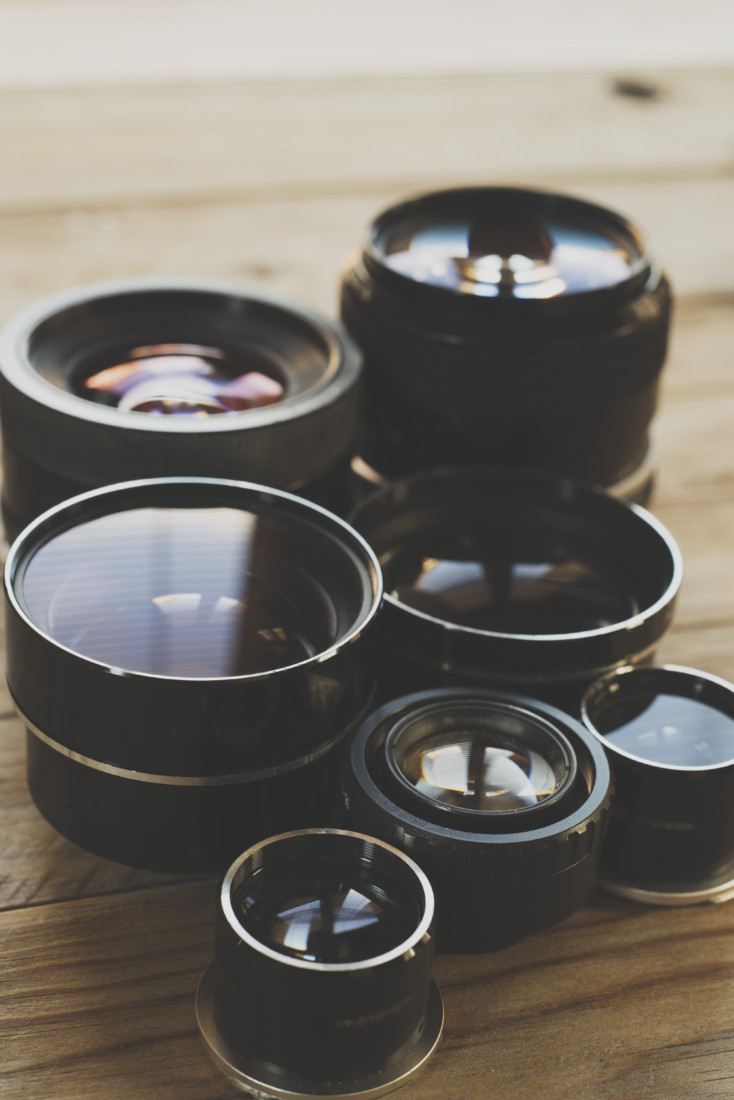
More important choice than the camera, and much better investment because the technology doesn’t change much. Buying second hand could also be a good option here.
Kit lenses:
The classic 18-55mm lenses are “ok” for overall walk around photos, but quite limited in both range and aperture. If you have the budget, you can replace it with 18-135 (or 200) for extra range for portraits. These are “jack of all trades, master of none” type of lenses – they cover a huge range but do just an average job at any focal length.
Prime lenses:
These are small specialists – they cannot zoom but they do a great job at low light and they can isolate subjects much better. They are also extremely light, small and cheap. If you don’t mind changing lenses, we recommend a prime lens any day over (or in addition to) a kit lens. We recommend a Nikon AF-S DX 35mm F/1.8G for all budget levels. For portraits, 50mm or 85mm for cropped sensors will do an excellent job.
The original strap that comes with your camera is usually the worst way to carry it around. Why? Because they usually aren’t comfortable.
When used straight around the neck, the strap tends to pull and gives a neck ache.
If you placed the strap over your head and onto your opposite shoulder, more comfortable to carry but a pain to shoot.
The best camera is the one that you have with you, so we strongly recommend one of these two solutions to have an easy way to carry your camera with you at all times:
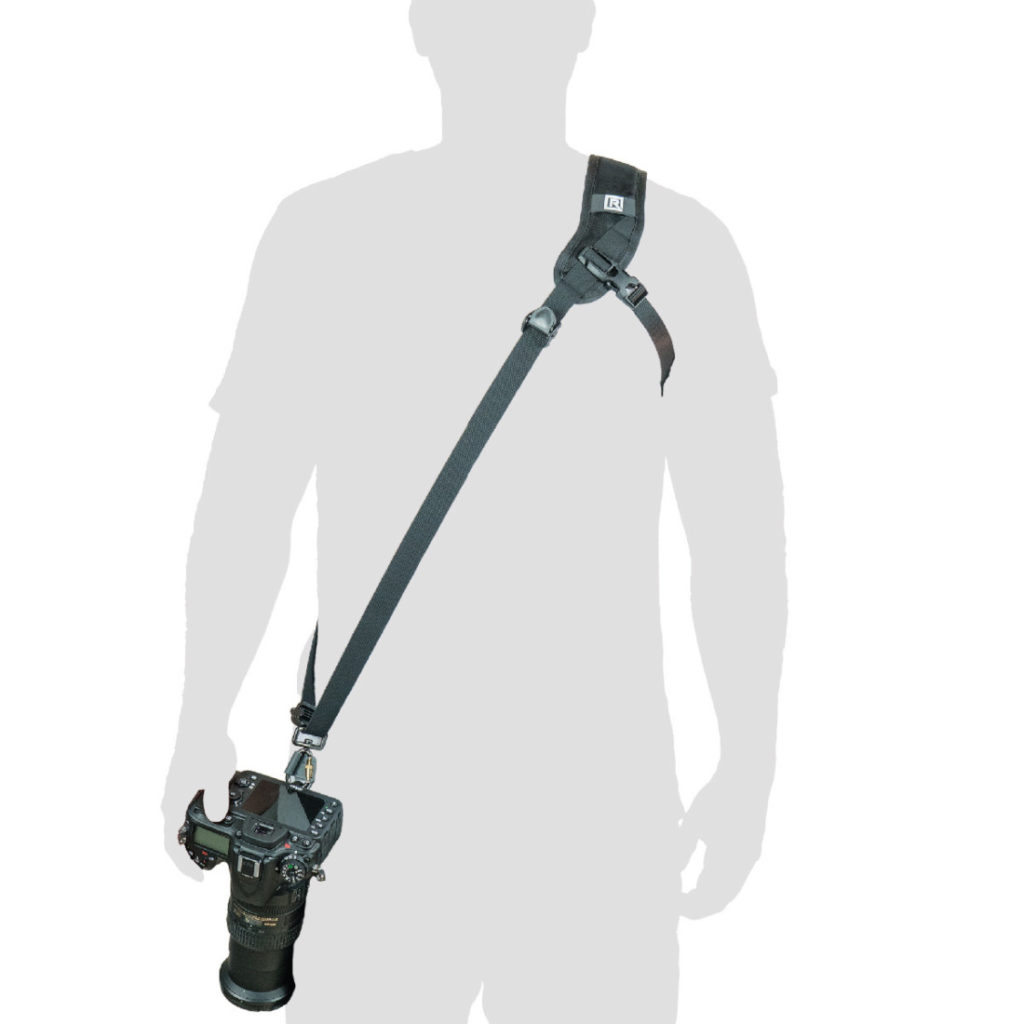
Blackrapid Strap:
Wearing a long strap around the shoulder & neck distributes the weight evenly. They’re attached to the tripod mount of your camera, keeping it upside down next to your hand, easy to reach.
The strap is curved to fit over the shoulder and there is a small auxiliary strap that goes under the arm, keeping the strap stable preventing it from riding up towards the neck or sliding down off the arm. The strap is wide enough and padded enough to be comfortable and prevent the strap from cutting into you.
Our recommended brand is BlackRapid – who invented the most comfortable solution that we ever saw. Their most popular Breathe Curve model is available at our online store for direct orders. For other models, check our price list here.
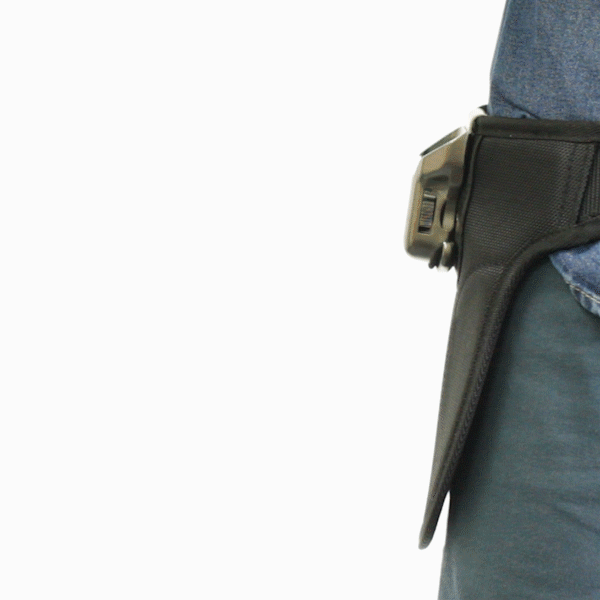
Spider Holster:
This is our new favorite solution: Created for those who prefer to place the weight of the camera at the hip instead of their upper bodies. This alleviates many of the upper body pains associated with long shoots and heavy equipment. The holster gives you “quick draw access,” hanging comfortably at your hip until needed.
For mirrorless, we recommend the Spider Light Single camera system (comes with a belt).
For DSLR’s, SpiderPro Single Camera System v2 is the product we use all the time.
Check all of the Spider Holster models here.
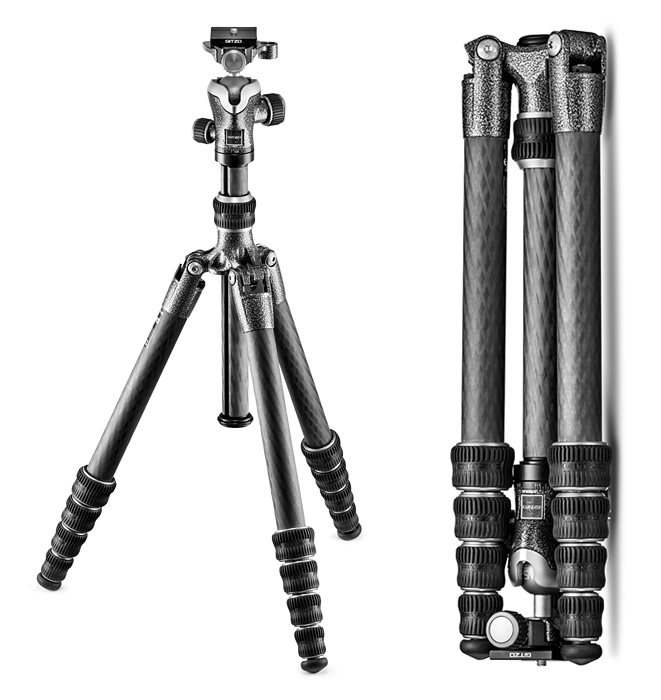
If you like landscapes, sunsets, low light & night photography, you will eventually need a tripod for long exposures. We recommend to invest in a good “traveller” tripod from the start, as the technology is not really changing and they’re both sturdy and light. A cheap tripod will not do the job (shaky in the wind, etc) and a heavy tripod will stay at home as you won’t take it with you.
We recommend a carbon-fiber tripod, with legs that can go as high as your eye level plus a ball head for easy alignment.
Our budget recommendation is Sirui: Check the model SIRUI T-2204SK Traveler for general use.
If you want the best quality to last you many years, then go for Gitzo. Our recommended product is their incredible travel kit with 5 sections: Closed length 35.5cm, 148.5cm max height, weight of 1.42kg
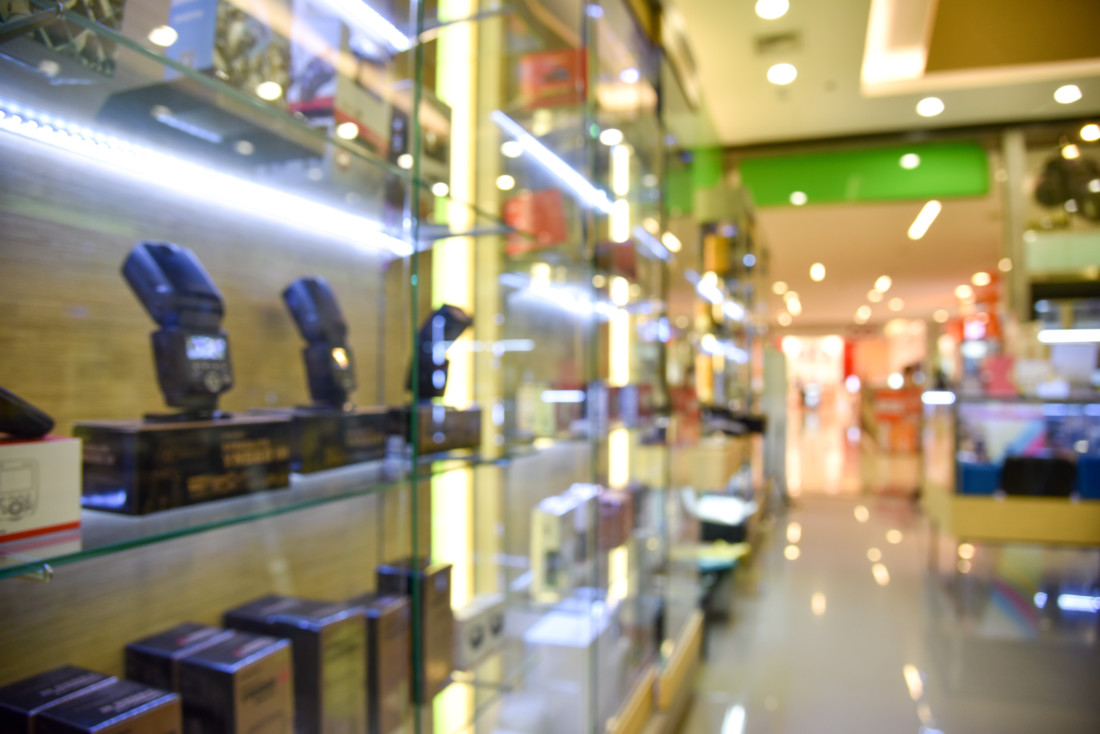
Best option to get personalized recommendations and help:
We are official distributors of the following brands and can offer you lower than market prices for Gitzo tripods, Spider Holsters, Samsung SSD Drives, Nisi Filters, Tamron Lenses and more.
Swiss distributor of some of our favorite brands:
This is it! Hope this helped you make some choices.
As usual, we recommend investing in your learning rather than buying equipment. Only invest when you know that you definitely need to.
Disclaimer:
The recommendations above can be considered an all-purpose starter kit rather than a list tuned to one specific type of photographer. As your photography becomes more specialized — portraiture, landscapes, wildlife, or anything else — you will gravitate towards more specialized equipment as well.


The most frequent question that we receive from our students is : “I’m new to photography / videography, which camera / lens should I buy”?
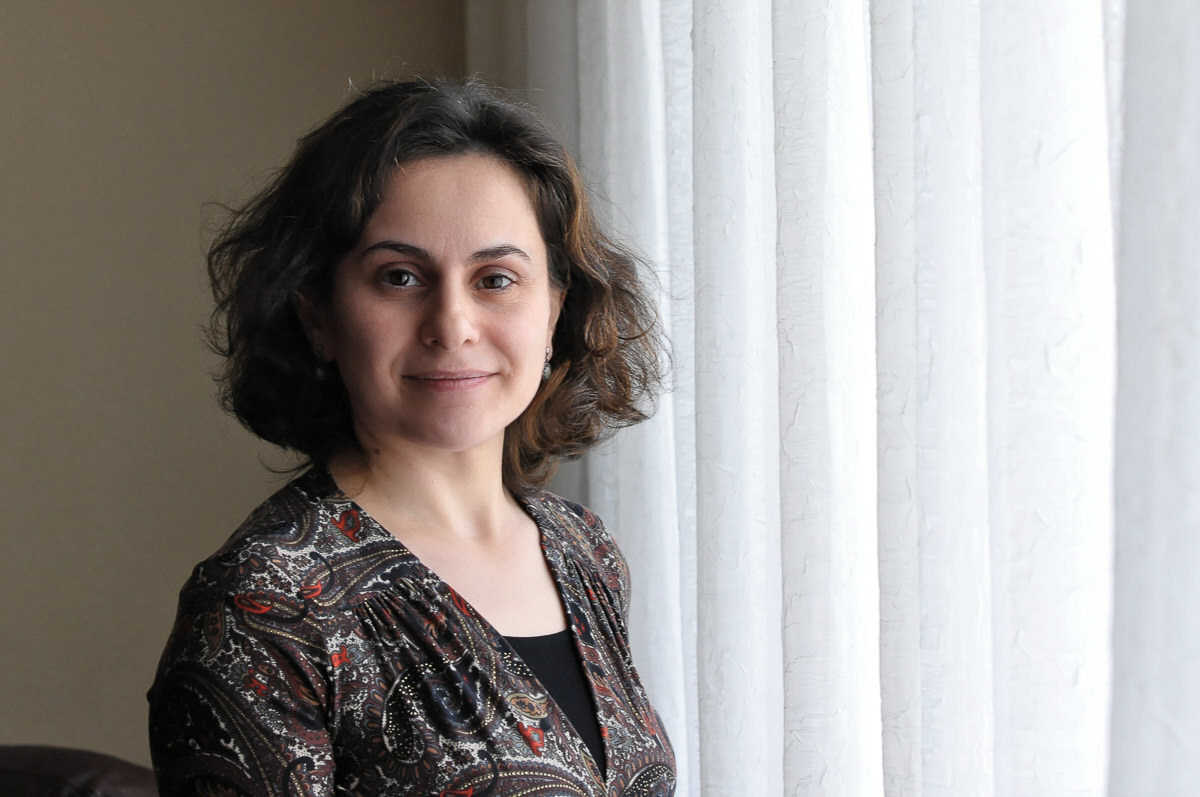
As the days get shorter and the November weather keeps us inside, it’s the perfect time to turn our homes into our personal photo studios!
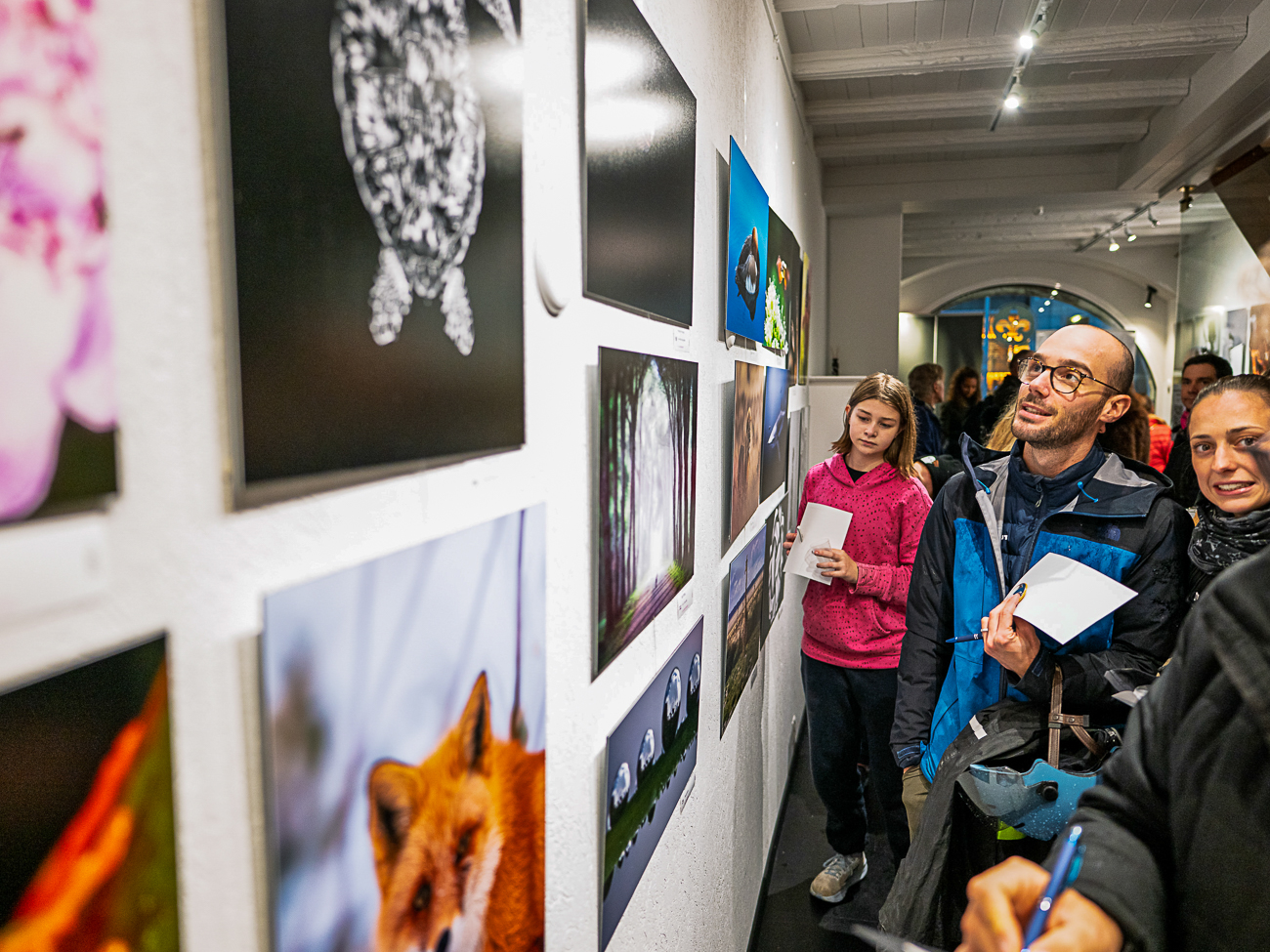
Many thanks again to all the participants and our sponsors, who together made for a fantastic 9 days of photography in Geneva. You can find